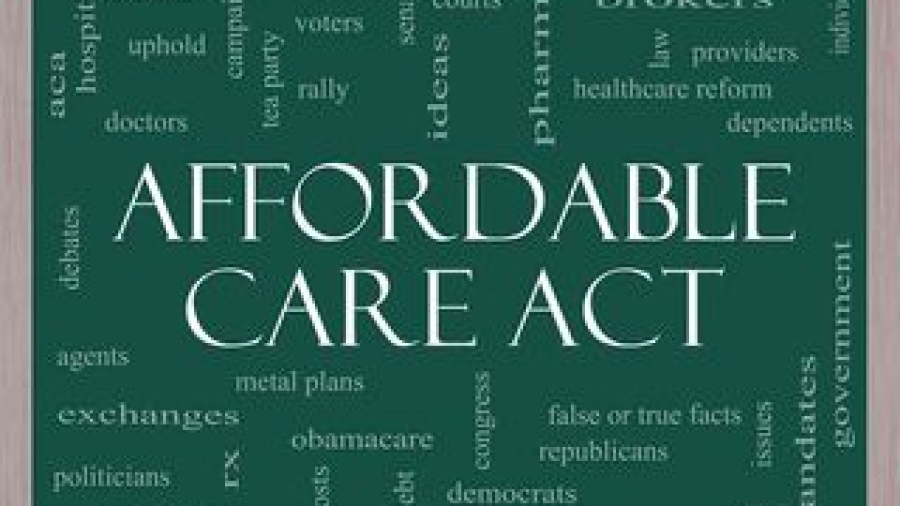The first question you'll run into in Medicaid planning is, who needs it? Attorneys will bump up against a variety of scenarios, from those clearly in need to others who are convinced they're "all set." So which ones truly need your help?
The safe answer is, more people need this than you might think. Let's run through a typical case, and you'll see what we mean.
 Most of our Medicaid clients here have income of around $2,500 and live on $2,000, so we'll use those numbers for our typical case. The difference between those two means there's $500 in disposable income every month.
Most of our Medicaid clients here have income of around $2,500 and live on $2,000, so we'll use those numbers for our typical case. The difference between those two means there's $500 in disposable income every month.
Now let's see how far that gets us. In this area, typical long-term care costs are about $6,000. Subtract the $500 in disposable income from that and you've got a shortfall of $5,500 per month in paying for the client's care. That's $66,000 per year, and that will have to come from the client's principal.
So the next question is, how much investment do we need to cover that shortfall? To figure that out, choose an expected rate of return. Let's say 5%; if we went any lower, you might freak out. You'll see why in a minute.
The $66,000 divided by your .05 rate of return tells you how much money you would need in investable assets to generate the funds to cover the shortfall. In this case, that amount would be $1.32 million. If you can only manage a 3% return instead of 5%, which is more likely, then you would need $2.2 million in investable assets. So, as you can see, someone who thinks he is set because he has $1 million is in for a shock, because he's not even close to covering his costs of care.
For the attorney, this is a powerful way to explain who should be scheduling a Medicaid conversation with you. Because a client who does not have the total net worth to pay his own way has to understand that it’s going to be eating up his principal, and it becomes a planning issue for you as the attorney to be able to solve. And that’s really a powerful tool to help you identify whom in your community this would apply to.
A word of warning: You're probably better off presenting the above math to a referral source, not directly to a client. If you drop this on your clients, our experience is that it can seem too technical, and you really want to keep it simple for them. Do the math for your client, then just ask the big question: "Did you know that you don't have sufficient assets to pay your way if needed?"
Factoring in the numbers that are relevant to your region and your practice. If in you area, for instance, the cost of nursing homes is more like $9,000 per month, the client would need $3.4 million sitting in a brokerage account generating 3% to cover that. So being a multimillionaire might be just enough.
David J. Zumpano, Esq, CPA, Co-founder Lawyers With Purpose, Founder of MPS, Founder and Senior Partner of Estate Planning Law Center.


















